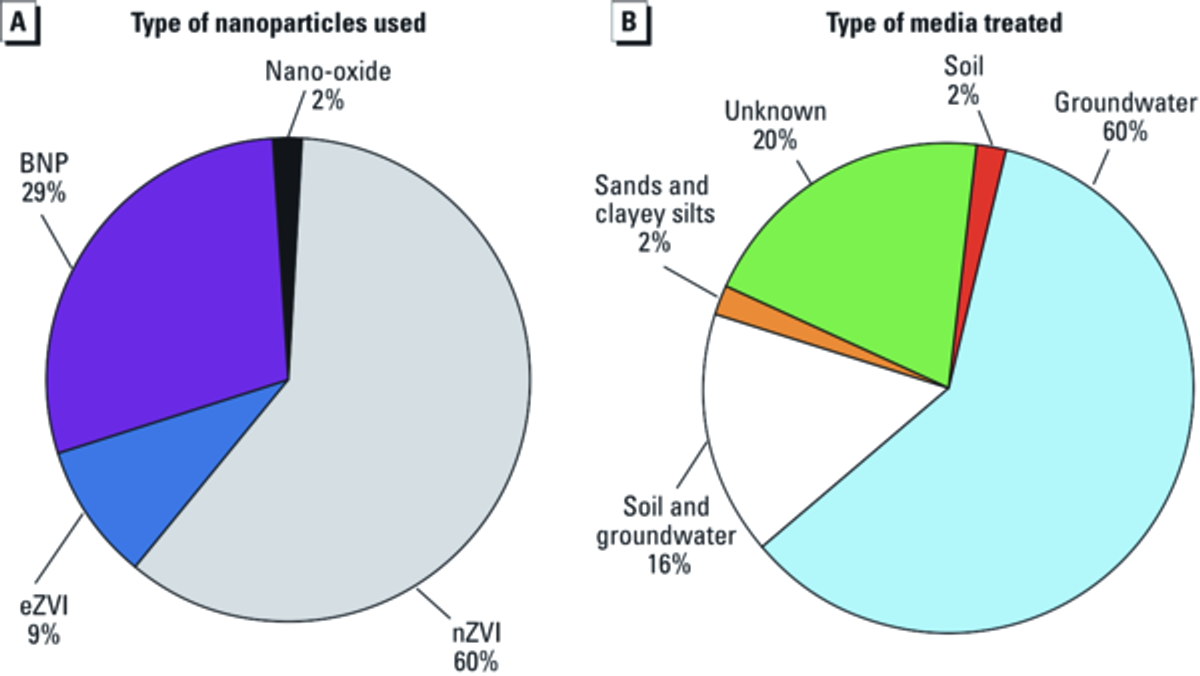Late last year we got news that EPA was intending to research the toxicity issues surrounding nanoparticles. And at the beginning of this year we saw that EPA had some history of regulation to base its new research on when it came to one of the more problematic nanoparticles, nanosilver.
(Just a personal aside, while I mistakenly stated (and later corrected) that EPA had regulations for nanosilver dating back to the 1950s, it seems I was not too far off actually. A reader who seemed to want anonymity pointed out to me that nanosilver algaecides have been regulated under FIFRA as a pesticide since 1954. FIFRA was originally administered by the US Department of Agriculture but was transferred to EPA when it was founded. So nanosilver has been regulated under FIFRA for 50+ years. 30+ of those years silver has been regulated under FIFRA by EPA. While this doesn’t absolve me from my mistake, it does give you a bit more information.) So, while EPA is busy determining the toxicity of nanoparticles for environment, health and safety, they are also looking at how nanoparticles are providing a new tool in the environmental remediation of toxic waste sites. In a recent online article in Environmental Health Perspectives published by the National Institute of Environmental Health Sciences, Dr. Barbara Karn of EPA’s National Center for Environmental Research (NCER) reports how nanoparticles are proving to be a highly effective, cheaper and faster way to decontaminate large-scale toxic waste sites.
The EPA has been looking at the impact of nanoparticles going back at least five years as this report indicates, so the use is not entirely unfamiliar to them. So let’s hope that any remaining issues can soon be resolved because there is a lot of toxic waste sites out there that need to be cleaned up.
Dexter Johnson
Dexter Johnson is a contributing editor at IEEE Spectrum, with a focus on nanotechnology.
The Conversation (0)




